Bathroom Equipment for the Disabled is a category of specialist equipment that helps to ensure accessibility and safety in bathrooms for people with mobility impairments. Important features include grab bars at the toilet and shower, appropriately designed toilets and sinks, and sufficient maneuvering space for wheelchairs. Attention should also be paid to detailed measurements, such as door width, height and location of sanitary facilities.
A well-designed bathroom for the disabled should provide independence and comfort to users, and for those using wheelchairs, a shower is usually a better choice than a bathtub. We offer many products that can help adapt a bathroom to the needs of disabled people, such as toilet grab bars, shower seats and accessories.
Products filter
Bathroom for people with limited mobility - what should it look like?
When designing a bathroom for a disabled person, one of the most important aspects is proper equipment. We often think of the bathroom as a place where we only wash ourselves, but for a disabled person, this room can be a significant challenge. Therefore, bathroom for a disabled person must be adapted to their special needs.
One of the key elements is proper equipment for a disabled bathroom. In this context, it is important to adapt equipment for the disabled to the bathroom, so that a person with limitations can use it without difficulty. For example, handles near the toilet and shower are essential elements that help maintain balance and movement.
Similarly, if we are dealing with a bathroom for a person in a wheelchair, we should provide adequate maneuvering space. This means that the bathroom door must be wide enough to allow easy entry and exit in a wheelchair, and the bathroom itself must be large enough to allow easy turning of the wheelchair.
Choosing the right toilet equipment for people with disabilities is another important aspect. Special raised toilets can facilitate transfer from a wheelchair, and toilets with built-in washing and drying functions can increase the user's independence and comfort. Similarly, a shower seat can increase safety during bathing. All of these elements together create a functional bathroom for a person with disabilities - a place where safety, accessibility, and independence are a top priority.
Also, check out our soap dispensers!
Requirements for bathrooms for people with disabilities
Even small bathrooms for people with disabilities must meet certain criteria in terms of size, so that wheelchair users can easily navigate and have easy access to individual facilities. The maneuvering space, allowing for a full rotation of the wheelchair, should be a circle with a diameter of 150 cm. In addition, maneuvering spaces must be maintained, allowing the user to easily approach the sink or shower.
A bathroom for people with disabilities must be designed with certain principles in mind - there is no room for chance here. Among the most important are:
- large doors - the minimum width of the entrance to the bathroom should be 0.9 m,
- handrails - near the toilet bowl about 0.7 m above the floor, and at the sink 0.8 m above the floor,
- toilet bowl - the distance from the side wall should be about 0.7-0.8 m, and the height 0.7 m above the floor,
- sink - at a height of 0.6-0.7 m,
- shower tray - minimum dimensions: 100 x 100 cm.
A bathroom adapted for people with disabilities is one that meets all guidelines regarding how individual elements of its equipment should be installed.
Also check out toilet paper dispensers available in our store!
How to design a toilet for people with disabilities?
Thinking about how to design a modern bathroom for people with disabilities can lead to many questions, including one of the most important: should it have a bathtub or a shower? Regardless of the size, whether it's a small bathroom for people with disabilities or a more spacious room, one thing is certain: a shower will usually be a better choice in a bathroom for people with disabilities.
A shower not only provides more freedom of movement than a bathtub, but also facilitates independent, and most importantly, self-care bathing. Such bathing is extremely important for the sense of independence of people with mobility limitations, for whom independent bathing in a bathtub would not be possible. This aspect of adapting the bathroom to the needs of a person with disabilities is crucial.
However, before starting any renovation work, it is extremely important to create a solid project. This should include the next steps to be taken and important issues to remember. Designing such a bathroom is not an easy task, and detailed planning can bring many benefits. If we have trouble preparing such a project, it may be helpful to use the services of an interior designer.
An interior designer, specializing in spaces for people with limited mobility, will know which bathroom accessories for the disabled will be most suitable. Such elements as grab bars, shower seats, or specialized handles are often necessary for the safety and comfort of users. Additionally, a professional will be able to advise on how to optimally use the space, even if we are talking about a small bathroom for the disabled.
A modern bathroom for the disabled should include a range of accessories that will make it easier for people in wheelchairs or elderly people to use it. You will find all the necessary elements in our store. We offer products such as:
- handles for the disabled,
- shower seats,
- tilting mirrors,
- accessories for the disabled,
- and many more.
With our help, the bathroom for the disabled will be adapted so that a person who has difficulty moving can use it comfortably and conveniently, and without the help of third parties.
Check out the rest of our bathroom equipment in our assortment!
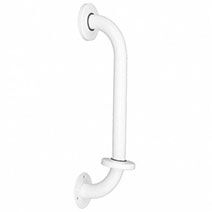
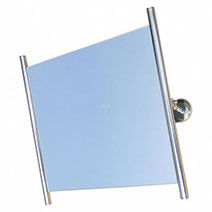
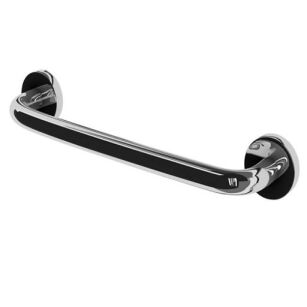

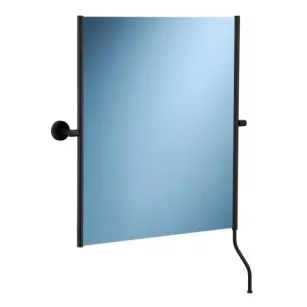
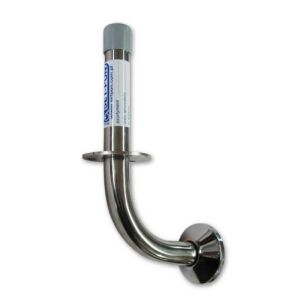
 Polski
Polski
 Czech
Czech
 German
German
 Spanish
Spanish
 Slovak
Slovak